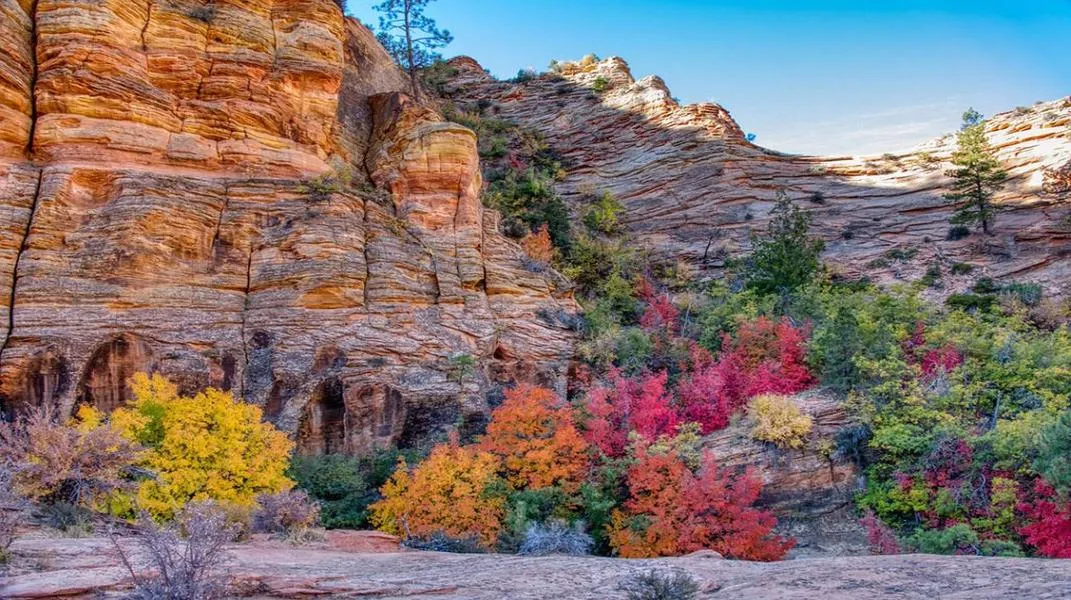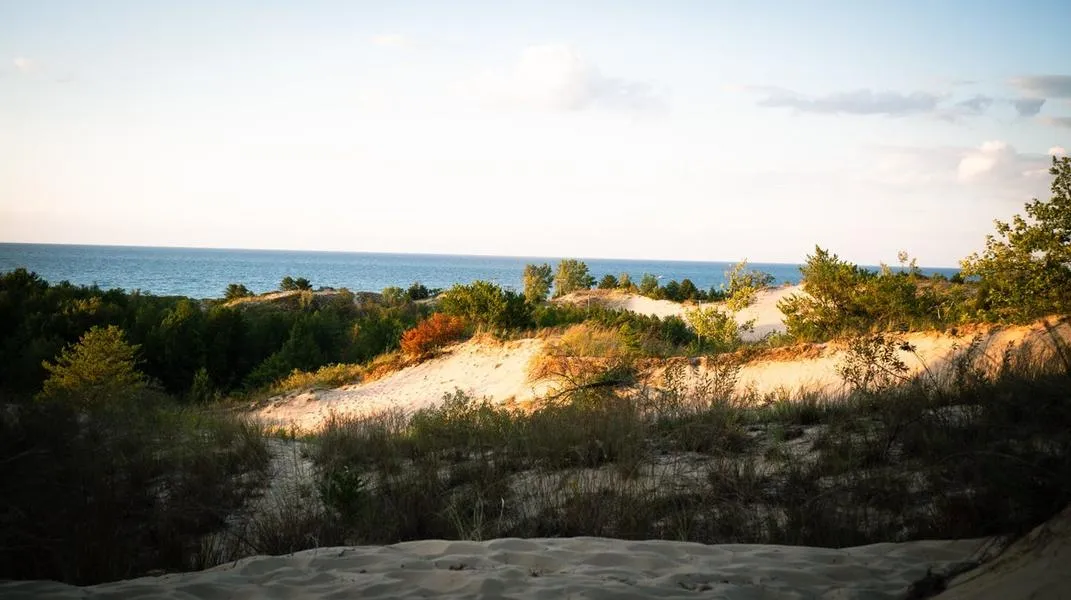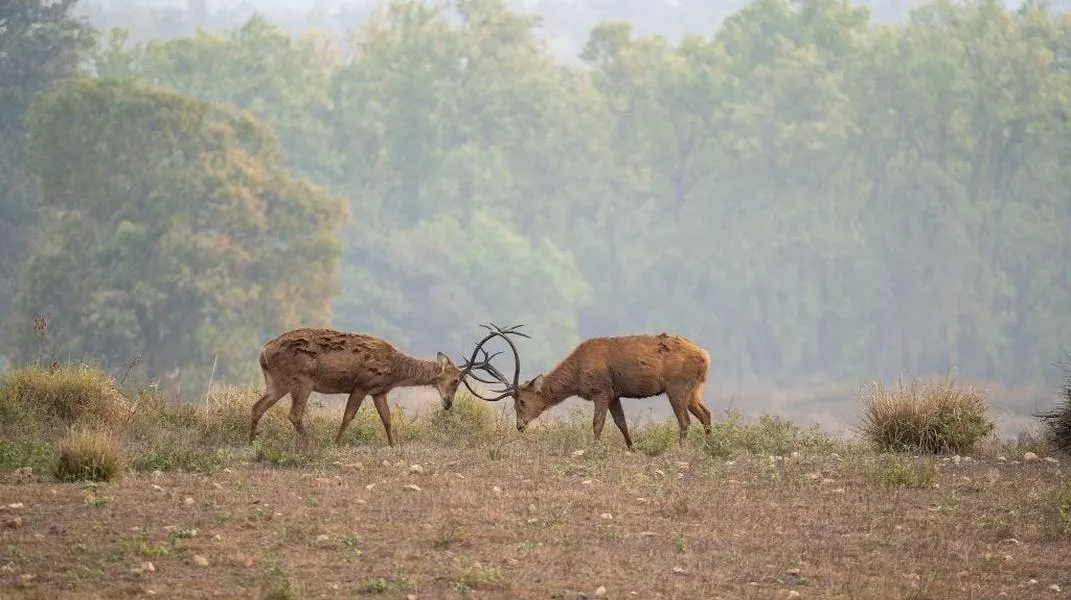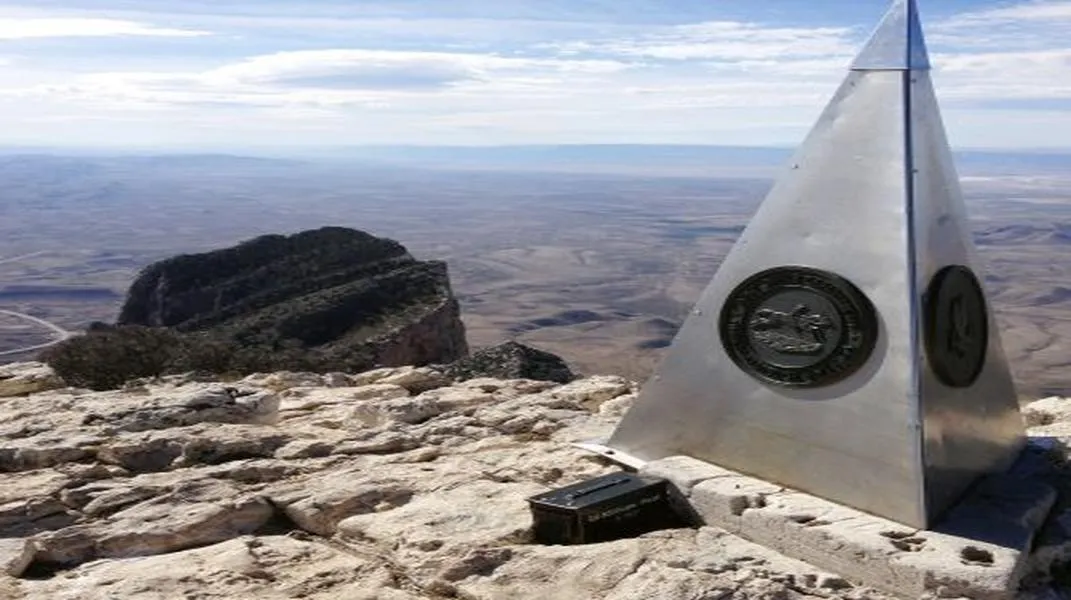Kaziranga National Park: A Jewel of Biodiversity
Nestled in the lush green landscapes of Assam, India, Kaziranga National Park is an enchanting destination that beckons nature lovers, wildlife enthusiasts, and adventure seekers alike. Declared a UNESCO World Heritage Site, Kaziranga is renowned for its remarkable biodiversity, especially as the home of the world's largest population of the Indian one-horned rhinoceros. With sprawling grasslands, dense forests, and numerous water bodies, the park offers an unparalleled experience in wildlife observation and conservation.
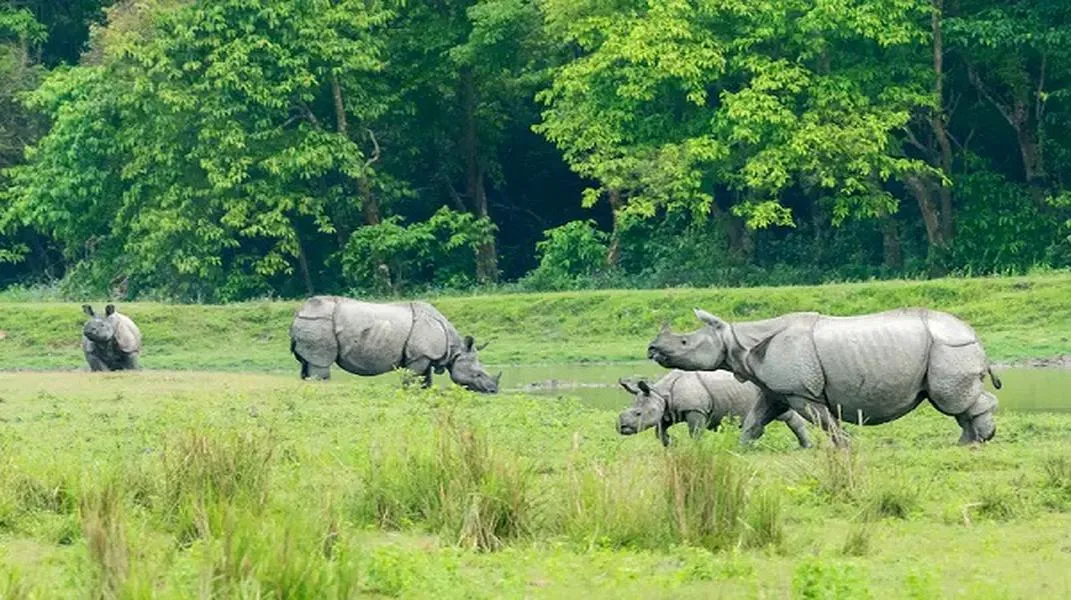
A Glimpse of Kaziranga National Park
Geography and Ecosystem
Kaziranga National Park spans an impressive 430 square kilometers along the banks of the Brahmaputra River. The park's unique topography includes riverine vegetation, tall elephant grass, marshland, and dense tropical forests. This diverse ecosystem supports a plethora of wildlife species, making it one of the most sought-after wildlife sanctuaries in India.
Kaziranga is divided into four ranges: Kohora, Bagori, Agaratoli, and Burhapahar. Each range offers varying landscapes and distinct wildlife experiences. The varied geography is not just a feast for the eyes but also a haven for numerous species, including elephants, tigers, swamp deer, and a rich variety of birds.
Biodiversity
Kaziranga is particularly famous for its population of the Indian one-horned rhinoceros, which has seen a significant resurgence thanks to stringent conservation efforts. The park is home to about two-thirds of the world’s population of this majestic creature. In addition to the rhinoceros, Kaziranga harbors diverse wildlife, including:
- Bengal Tigers: The park's tall grasslands and dense forests provide an ideal habitat for the elusive tiger, making it a prime location for tiger sightings.
- Asian Elephants: These gentle giants roam freely in the park, often seen grazing in herds.
- Swamp Deer: Known locally as "barasingha," these deer are unique to the park and thrive in its marshy lands.
- Birdlife: Kaziranga boasts over 480 species of birds, including the majestic Great Indian Hornbill and the migratory waterfowl that flock to the park during winter.
Climate
Kaziranga experiences a subtropical monsoon climate, characterized by hot summers, heavy monsoons, and cool winters. The best time to visit is during the winter months from November to April when the weather is pleasant, making wildlife spotting easier.
Preparing for Your Visit to Kaziranga National Park
Planning a visit to Kaziranga National Park requires careful preparation to ensure an unforgettable experience. Below is a comprehensive guide on what to prepare before embarking on your adventure.
Best Time to Visit
The ideal time to visit Kaziranga is between November and April. During these months, the weather is mild, wildlife is more active, and the chances of spotting animals are significantly higher. The park remains closed during the monsoon season, from May to October, due to heavy rainfall and flooding.
Getting There
By Air
The nearest airport to Kaziranga is Lokpriya Gopinath Bordoloi International Airport in Guwahati, about 220 kilometers away. From the airport, you can hire a taxi or take a bus to reach the park.
By Train
The closest railway station is Furkating, approximately 75 kilometers from Kaziranga. You can take a taxi or local transport from the station to the park.
By Road
Kaziranga is well-connected by road to major cities in Assam. You can drive or hire a cab from nearby cities like Guwahati, Jorhat, or Tezpur.
Accommodation
Kaziranga offers a range of accommodation options, from luxury resorts to budget hotels and guesthouses. Some popular options include:
- Diphlu River Lodge: A luxurious eco-resort located on the banks of the Diphlu River, offering stunning views and comfort.
- Kaziranga Resort: A mid-range option with comfortable rooms and easy access to the park.
- Wild Grass Lodge: An eco-friendly option that provides a rustic experience in the heart of nature.
It is advisable to book your accommodation in advance, especially during the peak tourist season.
Essential Items to Pack
When visiting Kaziranga National Park, it is essential to pack wisely to ensure a comfortable and enjoyable experience. Here’s a list of items you should consider bringing along:
- Clothing:
- Lightweight, Breathable Clothing: The weather can be warm during the day, so opt for lightweight, moisture-wicking fabrics.
- Warm Layers: Temperatures can drop in the evenings, especially during winter, so pack a light jacket or sweater.
- Comfortable Footwear: Sturdy walking shoes or hiking boots are a must for exploring the park's diverse terrains.
- Photography Gear:
- Camera: To capture the breathtaking scenery and wildlife, bring a good quality camera with a telephoto lens.
- Binoculars: For birdwatching and spotting wildlife from a distance, a pair of binoculars is invaluable.
- Personal Items:
- Sunscreen and Sunglasses: Protect yourself from the sun while you enjoy the outdoors.
- Insect Repellent: Mosquitoes can be prevalent, so bringing insect repellent is a good idea.
- First Aid Kit: A small first aid kit with basic supplies can be useful during your trip.
- Hydration and Snacks:
- Water Bottle: Stay hydrated by carrying a reusable water bottle.
- Snacks: Pack some light snacks for energy during your excursions.
- Documents and Identification:
- ID Proof: Carry a valid photo ID, as it may be required for entry into the park.
- Park Entry Permit: Ensure you have your entry permit, which can be obtained at the park entrance.
Safari Options
Exploring Kaziranga National Park can be done through various safari options, each offering a unique perspective of the park’s wildlife and landscapes.
- Jeep Safari: This is one of the most popular ways to explore the park. Jeep safaris are conducted in the early morning and late afternoon, providing opportunities to spot wildlife while enjoying the stunning scenery.
- Elephant Safari: Riding an elephant through the grasslands is a unique experience that allows for a different vantage point. Elephant safaris are conducted in designated areas of the park.
- Walking Safari: For the more adventurous, guided walking safaris provide an intimate experience with nature, allowing you to explore the park's flora and fauna up close.
Exploring the Surroundings
While the primary attraction is Kaziranga National Park, the surrounding region offers additional cultural and natural experiences worth exploring:
- Tea Gardens: Assam is famous for its tea. Visiting local tea estates for a tour and tasting can be a delightful experience.
- Cultural Villages: Engage with local communities to learn about their traditions, crafts, and way of life.
- Brahmaputra River Cruises: Enjoy a serene boat ride on the Brahmaputra River, where you might spot migratory birds and experience breathtaking sunsets.
Conclusion
Kaziranga National Park is not just a wildlife sanctuary; it is a testament to nature's beauty and the importance of conservation. The park's rich biodiversity, stunning landscapes, and commitment to protecting endangered species make it a must-visit destination for anyone seeking a connection with nature. With careful planning and preparation, your visit to Kaziranga will undoubtedly be an unforgettable experience, filled with awe-inspiring moments and a deeper appreciation for the wonders of the natural world. Whether you’re capturing the majesty of a rhinoceros, witnessing the grace of an elephant, or simply soaking in the tranquil beauty of the surroundings, Kaziranga National Park promises an adventure of a lifetime.

